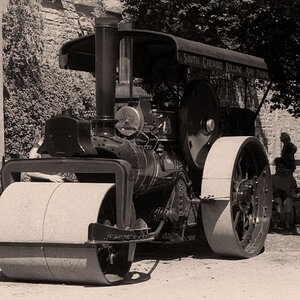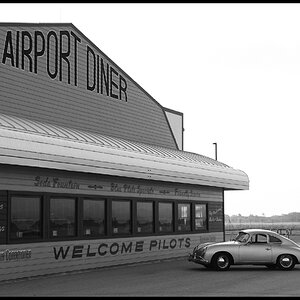Petraio Prime
TPF Noob!
- Joined
- May 28, 2010
- Messages
- 1,217
- Reaction score
- 0
- Location
- Ohio
- Can others edit my Photos
- Photos NOT OK to edit
You're not addressing my point. Achieving pictorial results does not require the use of a special developer. I am officially done arguing with your nonsense.
These films perform best when using a special low-contrast developer. The fact that you don't know something doesn't make it false. This seems to be an all-too-common problem on photography discussion forums.
If you read the page it says exactly what I have stated:
http://www.freestylephoto.biz/37210...ochromatic-35mm-x-36-exp.-Single-Roll-Unboxed
"The comparable steep gradation is bent by this special developer. Extreme fine grain structures and highest sharpness connected with detailed gray tones, can be reached in such a way."
I think the translation should read:
"The comparatively steep gradation is softened by this special developer. "
"The ROLLEI ORTHO 25 is a technical, steeply working monochrome photographic film with a nominal sensitivity of ISO 25/15°."
"The ORTHO 25 in combination with the ROLLEI LOW CONTRAST developer has compiled itself a legendary call. These results reminiscent of the quality of technical pan-Film. The comparatively steep gradation is softened by this special developer. Extremely fine grain structure and the highest sharpness connected with detailed gray tones can be reached in such a way."
Now, do you believe me?
Last edited:



![[No title]](/data/xfmg/thumbnail/38/38444-6063bb59cb410c520a1ccccbe58db9c7.jpg?1619738614)



![[No title]](/data/xfmg/thumbnail/30/30993-7c6dca4375064e92f2ea6cbfabf9b59e.jpg?1619734556)





